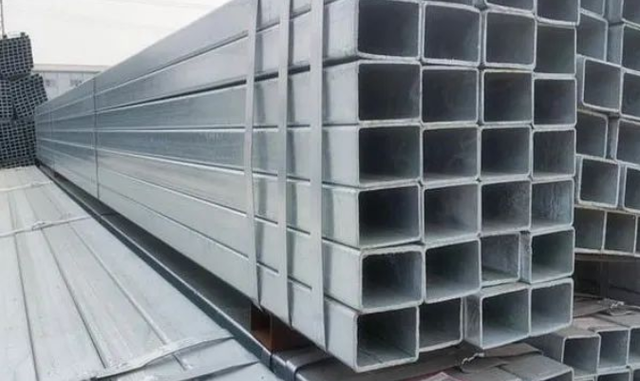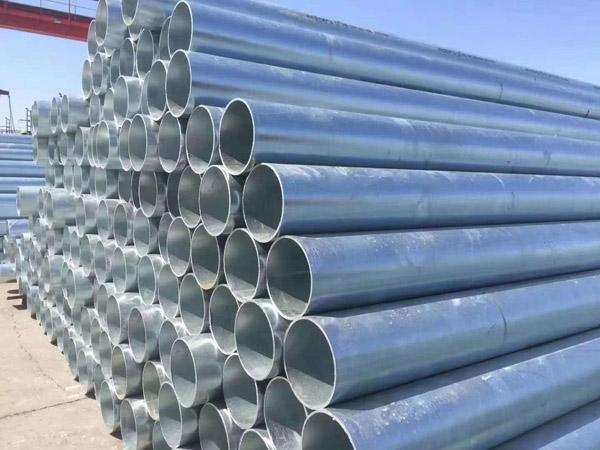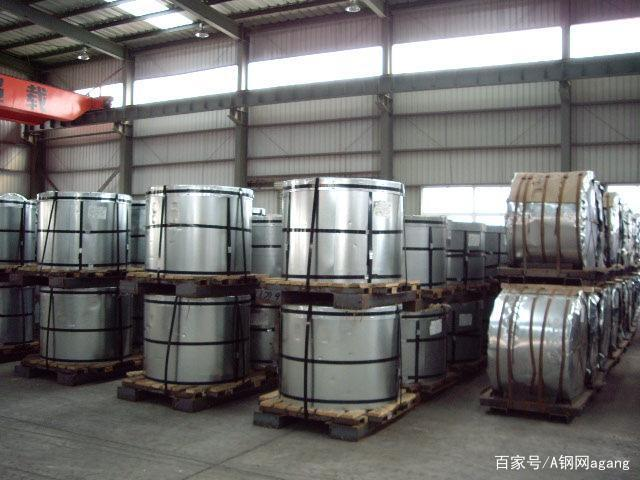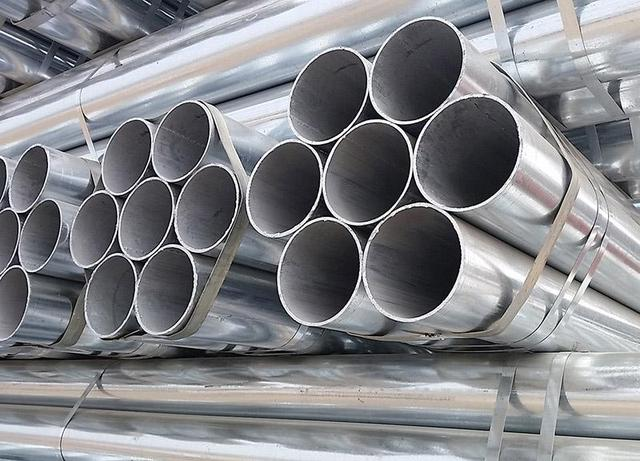Galvanizing refers to coating a layer of zinc on the surface of metal, alloy or other materials, which has the function of beauty and rust prevention. Zinc is easily soluble in acid and alkali, so it is called amphoteric metal. Zinc changes little in dry air. In humid air, alkaline zinc carbonate film is formed on the surface of zinc.
Zinc has poor corrosion resistance in the atmosphere containing sulfur dioxide, hydrogen sulfide and marine atmosphere. Especially in the atmosphere of high temperature, high humidity and organic acid, the zinc coating is easy to be corroded. Its protective performance is closely related to the thickness of the coating. After passivation, dyeing or coating with gloss protector, zinc coating can significantly improve its protective and decorative properties.
There are many different types of galvanizing. However, from the perspective of pH value of galvanizing tank, there are mainly alkaline galvanizing and acid galvanizing. Alkaline galvanizing process means that the pH value of the plating solution is alkaline. However, it can be divided into cyaniding zinc plating and zinc acid zinc plating according to the different mixture. Cyanide galvanizing is an ancient galvanizing process. Electroplating solution is mainly composed of three parts: main salt zinc oxide, complex agent sodium cyanide and conductive salt sodium hydroxide, commonly known as caustic soda.








